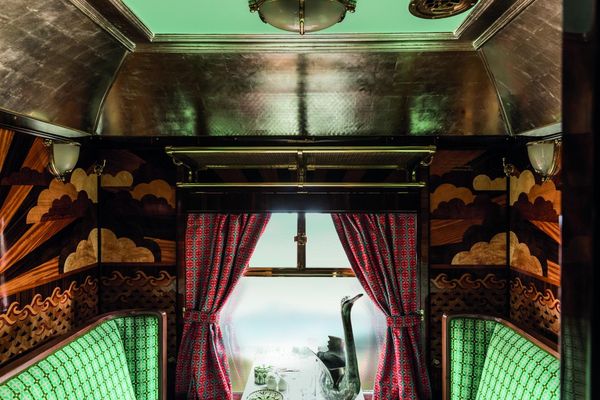He expresses himself with papers and colors as part of a ritual that gives space for improvisation and also for challenges. Behind the scenes of Printa, we asked the head of the Budapest store’s screen printing studio, Bálint Varga, about silkscreening, his creative methods, and his graphic work. Interview!

Now you’re constantly surrounded by jugs of paint and screen frames in the Printa workshop, yet you knew nothing about the technique of screen printing before you got here. How did your work with the brand begin? What is your background story?
During the training of the KREA School of Contemporary Art, screen printing as a technique often came up during printing technology class, when a visual design had to be made which was unfeasible in reality, no matter how pleasing. Then in theoretical classes, I couldn’t really grasp the process of printing, so when I was offered an internship by the Printa brand, I immediately jumped on the opportunity and applied. This is how I started working in the studio back in 2018. I then also worked a lot as a store salesman, but I always longed to be in the workshop and whenever my time allowed, on the weekends or after work, I went straight to the printing studio behind the store. Eventually, I stayed here, but no longer as an intern.
I learned a lot about this craft from Dóri Ladjánszki and later from László Silek. Zita Majoros, the founder of Printa, knew that I was also working as a graphic designer and we had been talking for a long time that she would take a look at some of my graphics as well—in the beginning, I simply did not dare to show my creations. Eventually, I worked up my courage, and Zita really liked my work, so she helped put together a coherent series of them, which I later printed out and they became part of Printa’s product range.
Why is screen printing more inspiring to you than other graphic techniques?
When I talk about silkscreening, I am thinking of the entire ambient that characterizes Printa, as well as other small-scale, local shops. There exists also the large-scale and “soulless” version of screen printing, where quantity is king. Sure, there’s a place for that in the profession too, but that’s not what I’m doing. In the workshop, we work with a small number of copies, but with a more diverse range of media, be it different types of textiles or even special types of creative paper.
The “ritual” that surrounds the process before, during, and after printing gives the beauty of things. Meanwhile, a lot of stimuli affect you, which creates a particular connection with reality. By no means can this technique be called sterile: every textile has its scent, the way it drapes, its texture, or color; paper also bends, cuts, behaves, reacts. It’s a kind of repetitive continuity, with a lot of improvisation and constant challenges—that’s what it means to me to create with this technique.
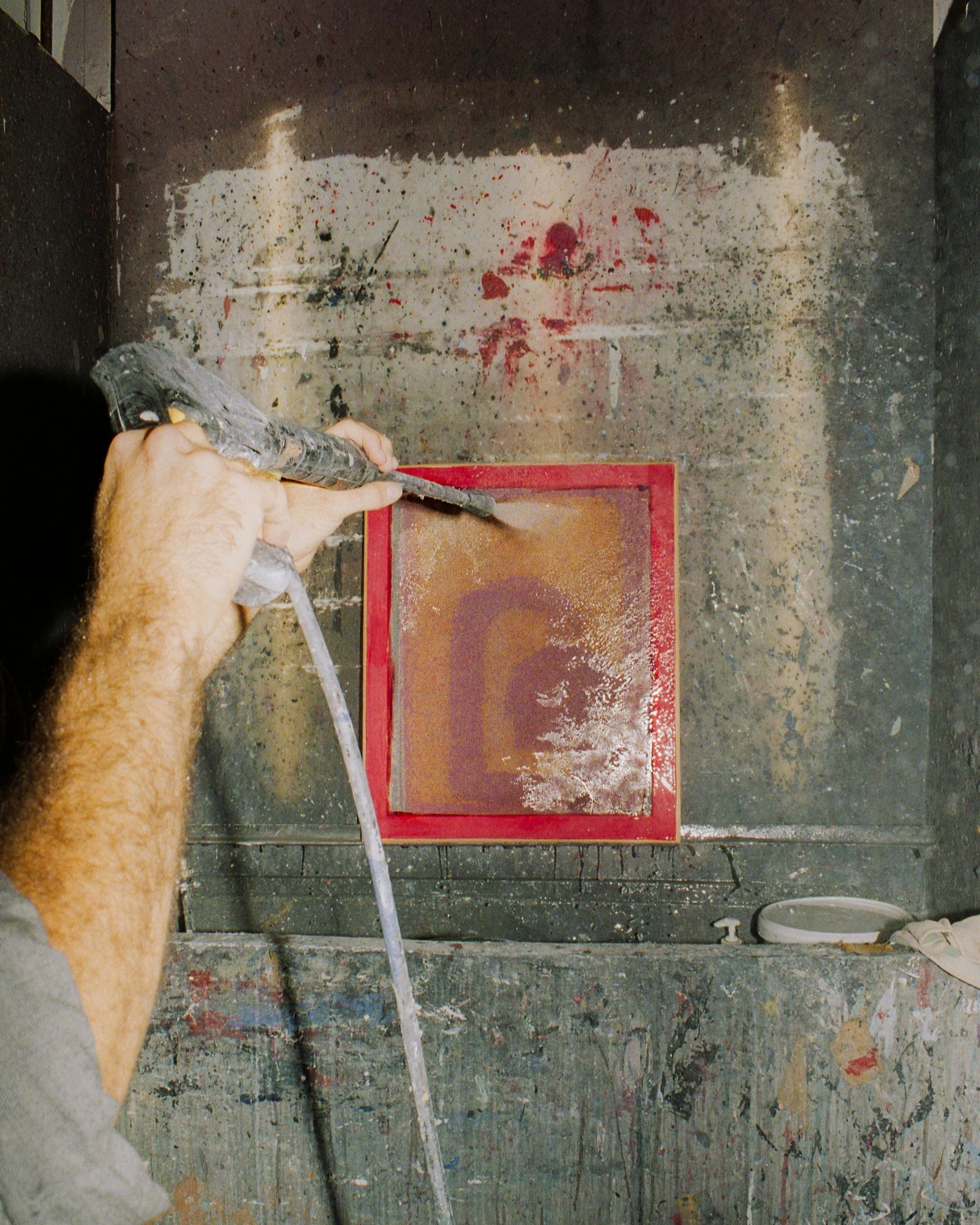
As you mentioned, we can also choose from your personal prints from Printa’s collection: these are sometimes covered in simple abstract or somewhat organic forms. How would you describe your visual world?
I often change my tools to change what I create. For these graphics, I made collages with scissors and composed them on paper: if I liked a setting, I photographed and digitized them. Often just like rolling dice, I scattered the pre-cut items and waited to see what shape would come out of them. I like to keep a certain level of randomness in my work. When creating a design, I look for the endpoints in both color and form, depending on the topic, all the way to the abstract mode of expression. I like to have a little fog left where things can hide, dualities, giving the graphics a multi-layered meaning. At the exhibition of the upcoming illustration festival, where I managed to present a couple of my works, visitors will see some of these endeavors. Also, if the theme allows, I like to use plant motifs, coupled with a little bit of sentimentalism.
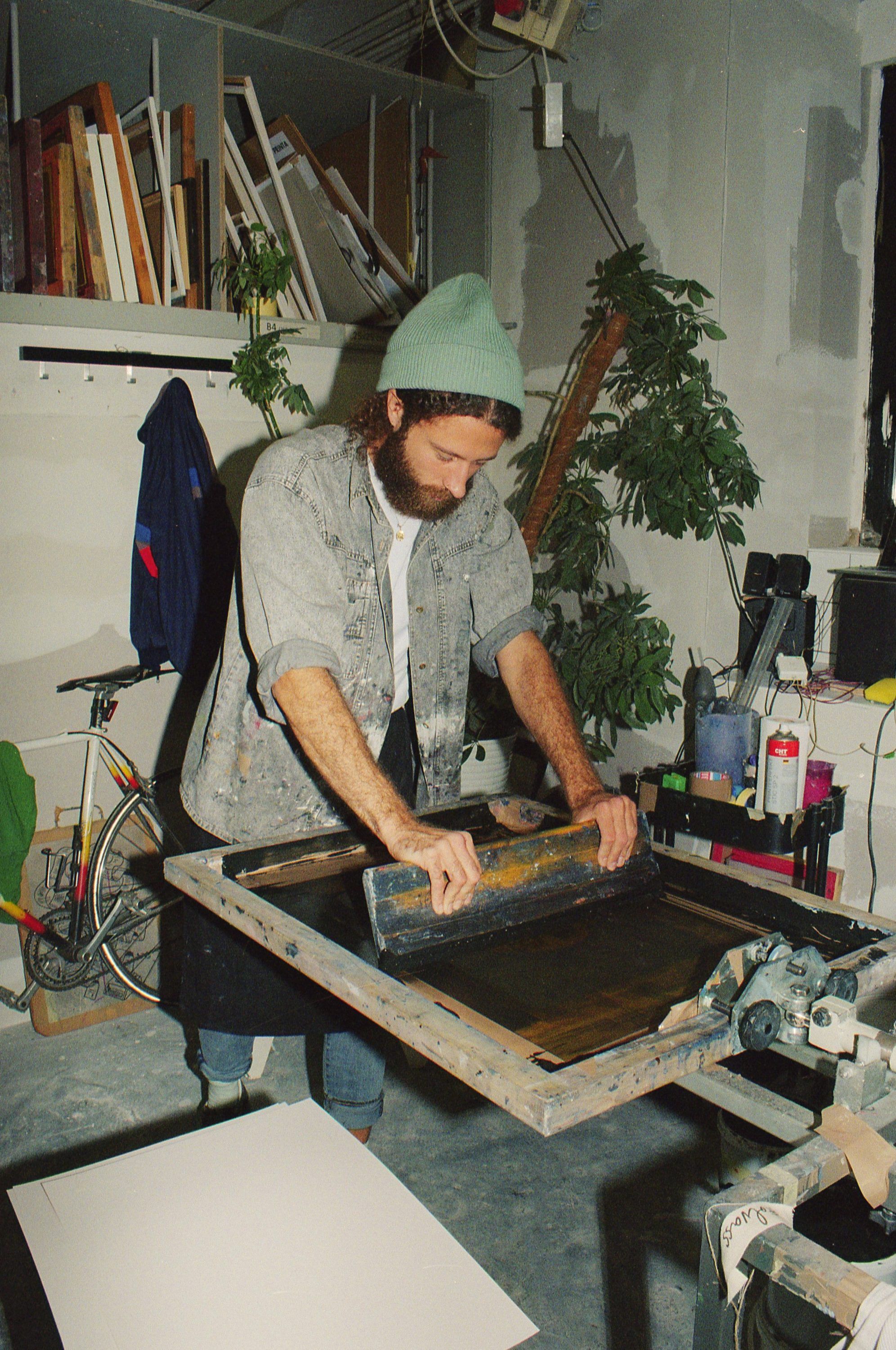
The visual expression you represent is fully in line with the patterns and designs found in Printa’s collection, as well as the brand’s philosophy. How does co-creation work: what is your role in creating a new collection?
After reviewing the visual designs of a collection, we discuss how it can be done, taking into account the different aspects: whether the pattern is applied to the medium before or after sewing, paying special attention to the type of material used, and whether the artwork can be printed at all. We incorporate every experience into the creation of the next collection, so we face fewer and fewer surprises as time goes by. One of the most exciting parts of the process is mixing colors to capture a feeling. Therefore, we also discuss with Zita, for example, whether a new shade of color is becoming warmer or colder, which effect can be created with no more than a few drops of dye. Once I’m done with the mixing, we also look at it together, to see how it turned out, and if we can start printing and creating the sample pieces. This feels a bit like doing silk printing for the first time again: it’s very exciting.
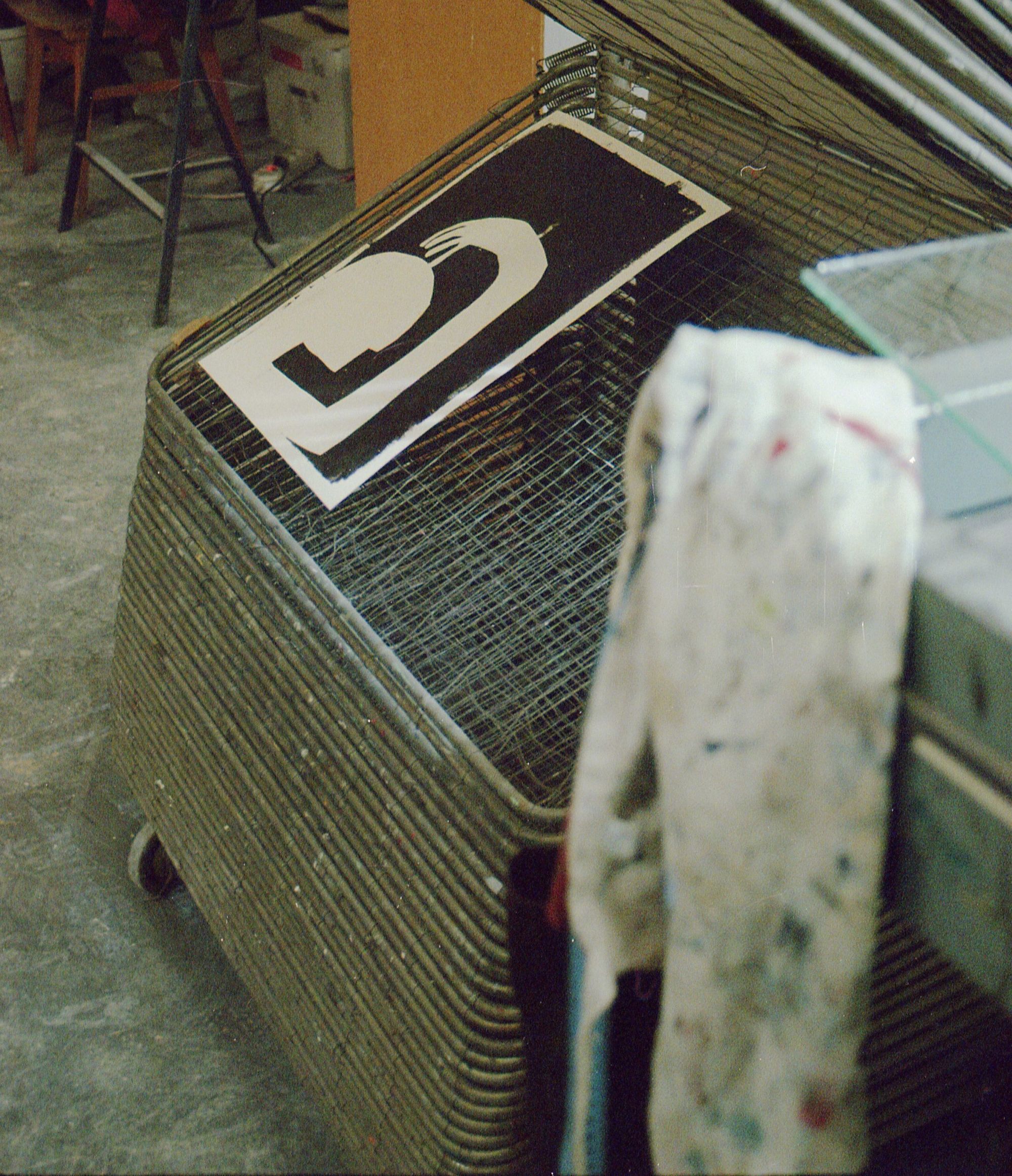
In addition to being the head of Printa’s screen printing studio, you also work as a graphic artist. As an entrant, you have already won an award at the 19th Arany Rajzszög Award Ceremony with the identity design of the Vácrátót National Botanical Garden. Please tell us about this project!
The project started as part of my thesis project in Krea. As a consultant, László Herbszt helped me throughout the work process, for which I am extremely grateful. After graduating, the Botanical Garden opened a competition to have their company identity reimagined, for which my work was selected.
The design, as always, began with research and analysis: studying the target audience, attributes, current brand identity, examining the work, documenting the elements to be designed, and analyzing and evaluating existing branding solutions on the topic. It was also important to define the meaning of a botanical garden because as it turned out, it is ill-suited to call it an “arboretum” for example. This process took weeks, and in the meantime, I also visited Vácrátót, where I took various notes. After learning about the task that lay before me, I was able to commence with the actual graphic design. My concept was essentially based on the foundations of a garden: the goal was to display the motifs made by man and nature and to express the diversity that is present there. I devised all of these in the framework of a pattern, the elements of which were all cut out of paper. Even the map of the garden was created this way—I put an emphasis on keeping the artisan element consistent.
Due to the complexity of the work, I had to look for focus points, and because of the screen printing, I placed most of these on the carrying materials: the t-shirts and tote bag prints came first, but following the competition, the web design was also created.
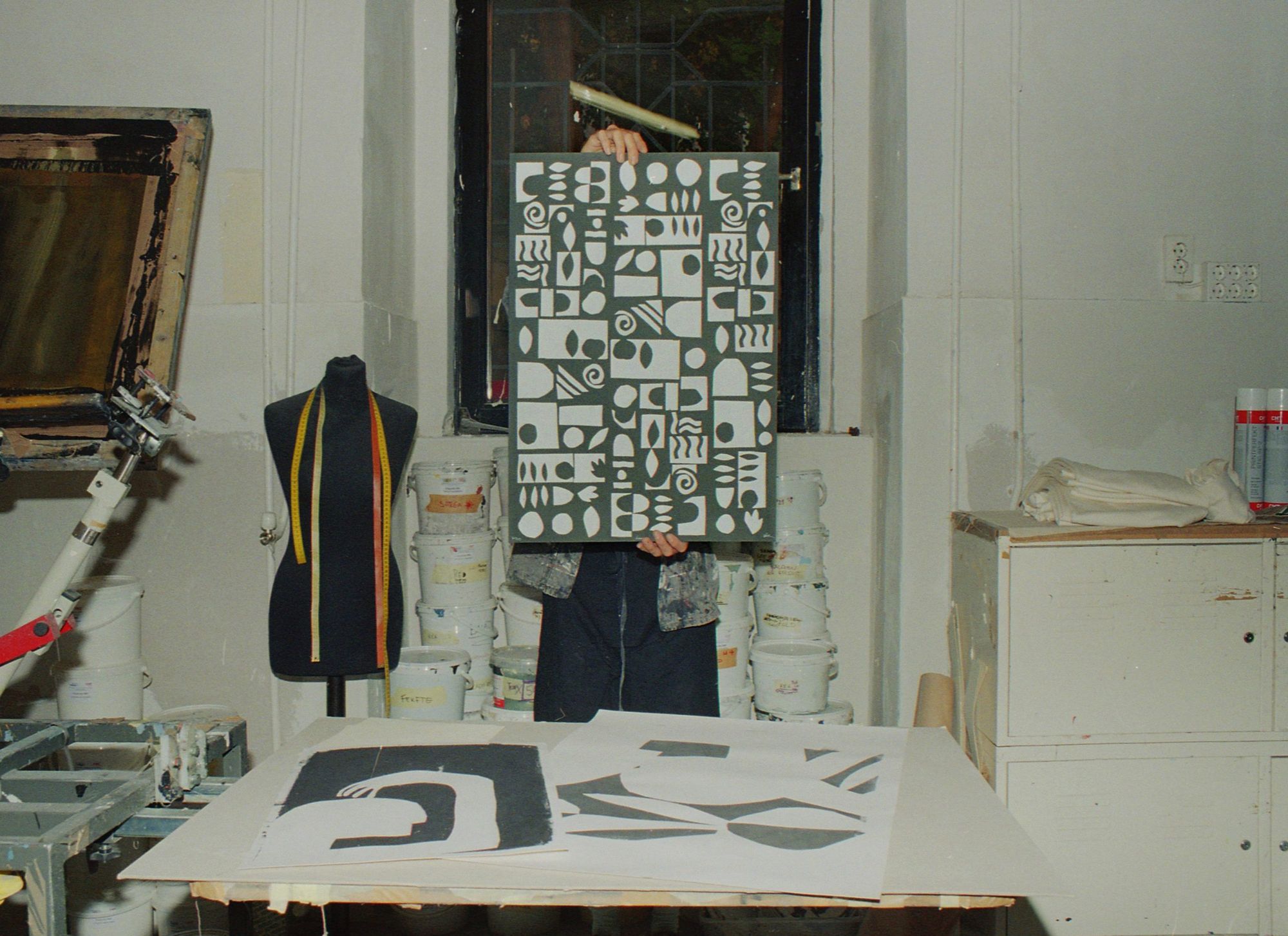
What other graphic project of yours would you highlight?
During my first years of studies, I met a team of interior designers, with whom (all of us being students at the time) we took up the task of designing the interior of an office. We had to pimp up Monster’s office here in Hungary, and I, as a future graphic artist, was entrusted with the execution of all wall graphics. I took on these huge walls armed with a handful of markers, so by the end of the job I was already sleeping in the still halfway renovated office building to get the project done in time. We managed to finish it, the customers loved it, and we learned a lot from it. A similar project was commissioned by Dealogic Hungary, where we silk printed carousel covers for their interiors—hand in hand with the Mashroom design team—which was still actively creating at the time.
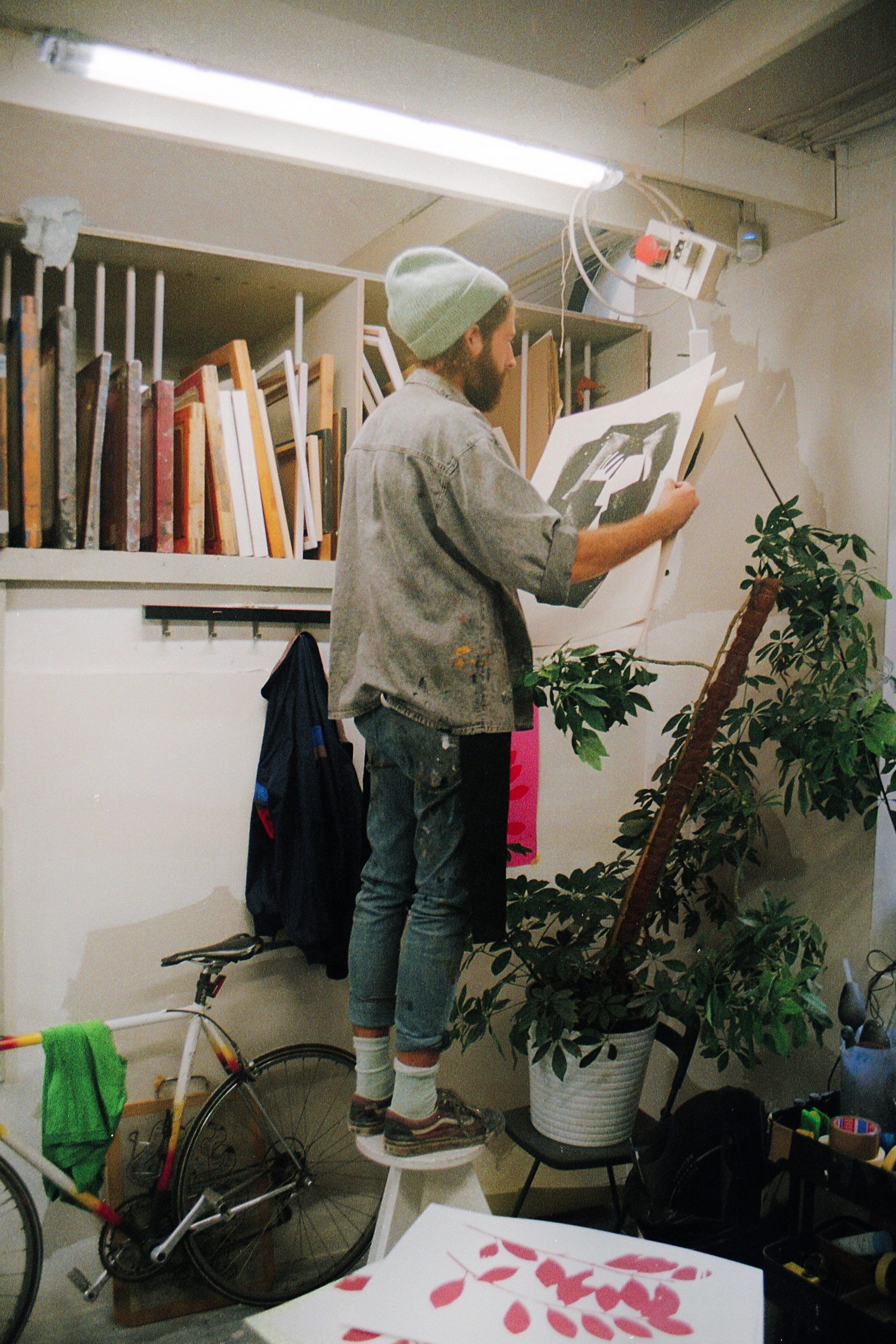
Where can we see your work next? What are your plans for the near future?
My work will be on display at the 2nd Budapest Illustration Festival, the exhibition will open in October at the Moholy-Nagy University of Art and Design. My graphics exhibited here are oil pastel drawings inspired by the poems of János Pilinszky: this is perhaps the result of a more liberated creative work that compensates for the framework in which the commercial graphic design projects are created.
I have many plans for the future, probably too many. I want to immerse myself more deeply in fashion, whether in the form of sewing, embroidery, or other techniques. There is also plenty of untapped potential in screen printing, and in paper too, that I haven’t yet printed on. Event posters could also be perked up a bit, but I’m also thinking of record covers.
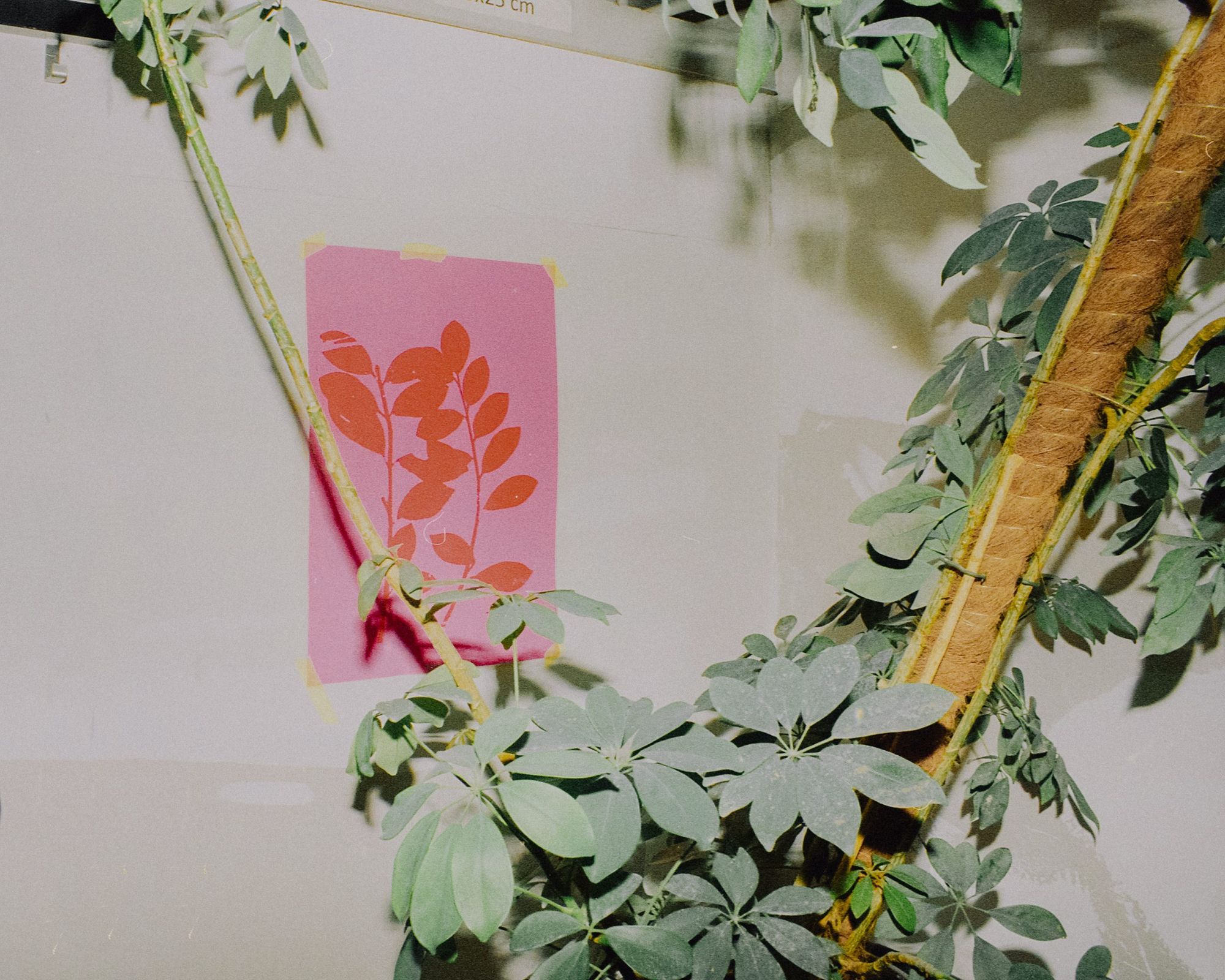
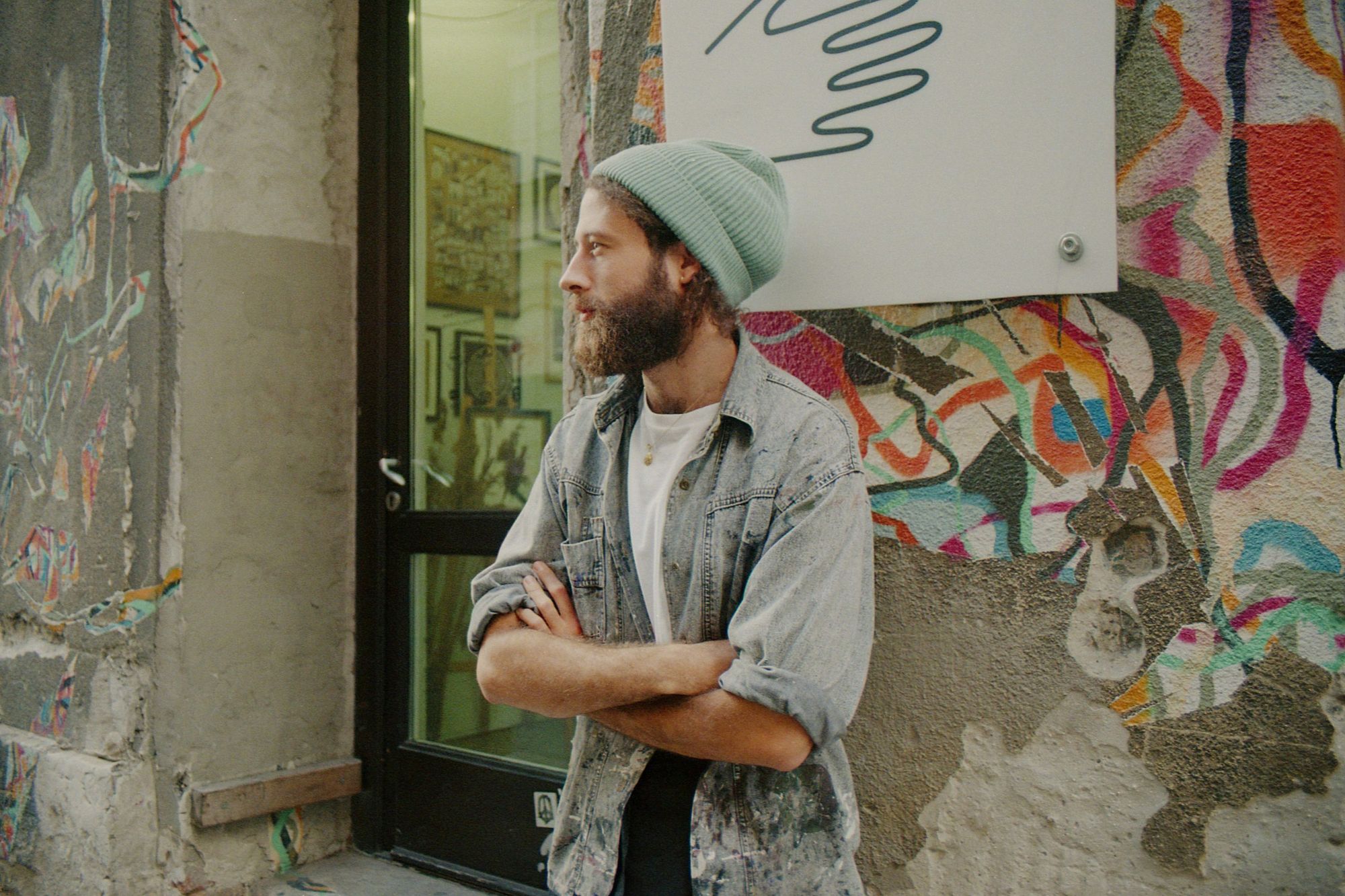
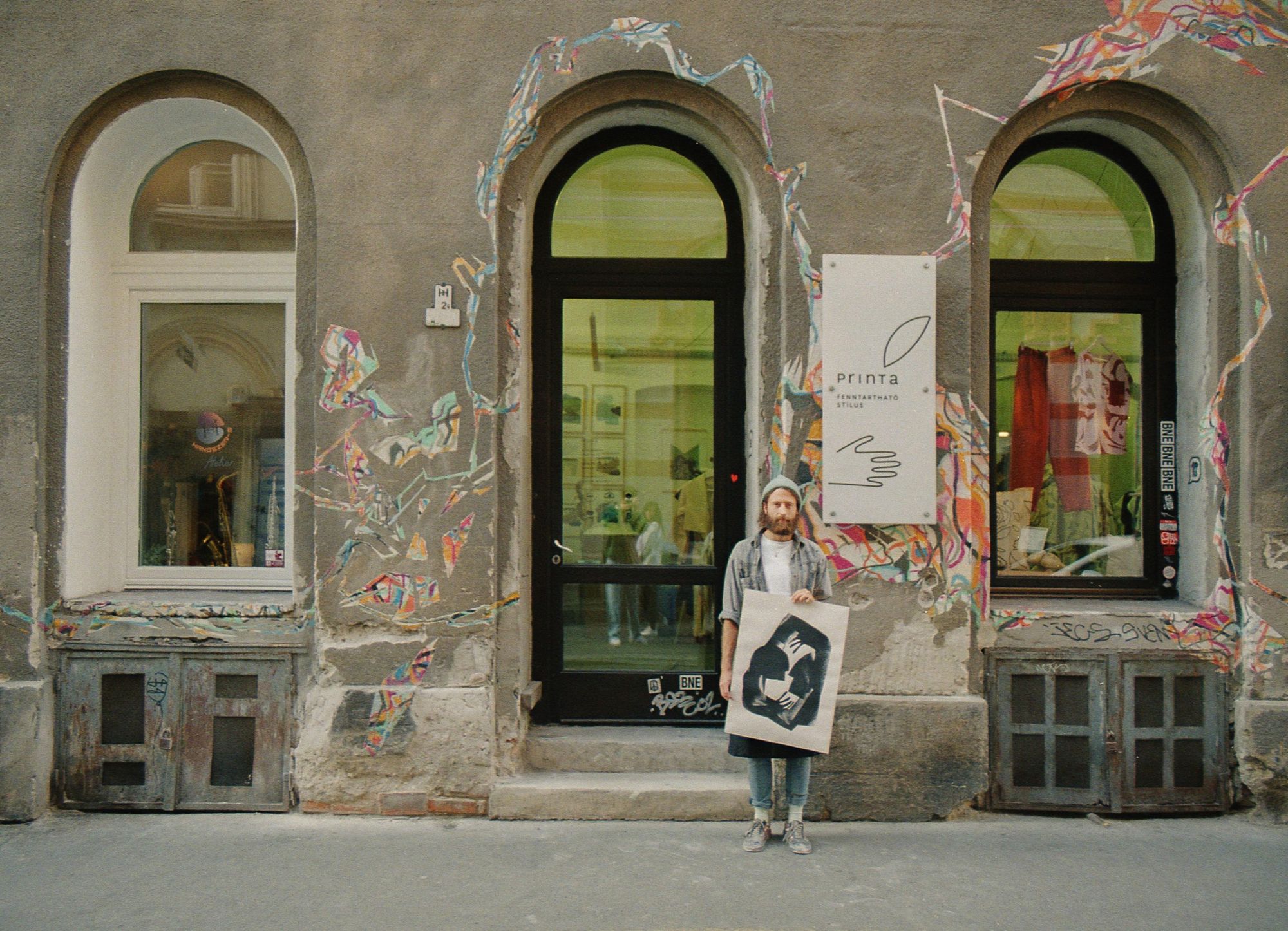
Photos: Gaál Dániel

Our favorite knitwear brands in the region | TOP 5

The renaissance of the polished crystal
